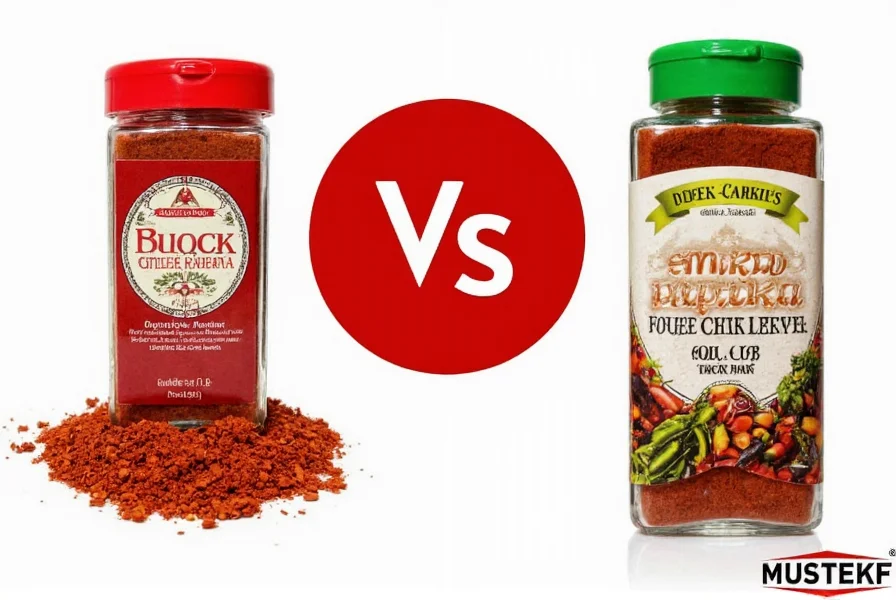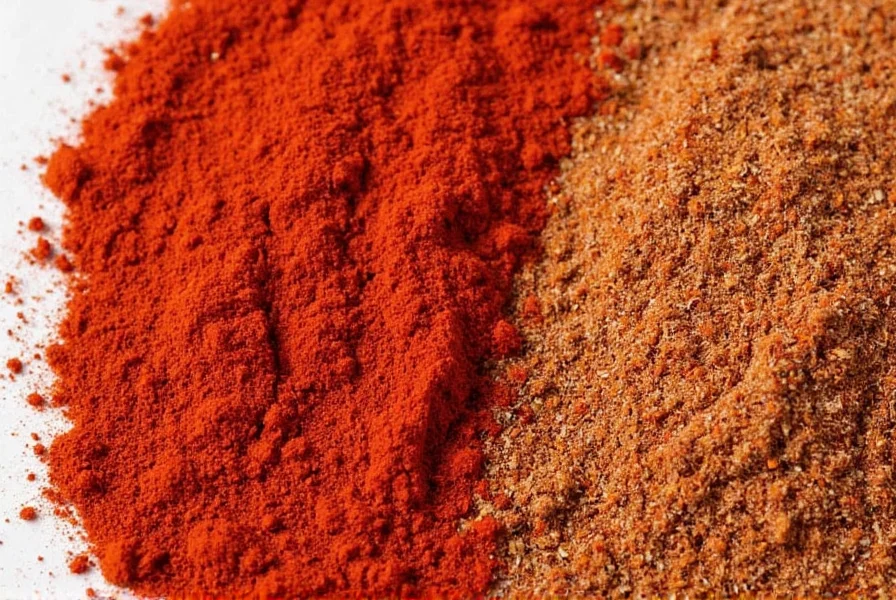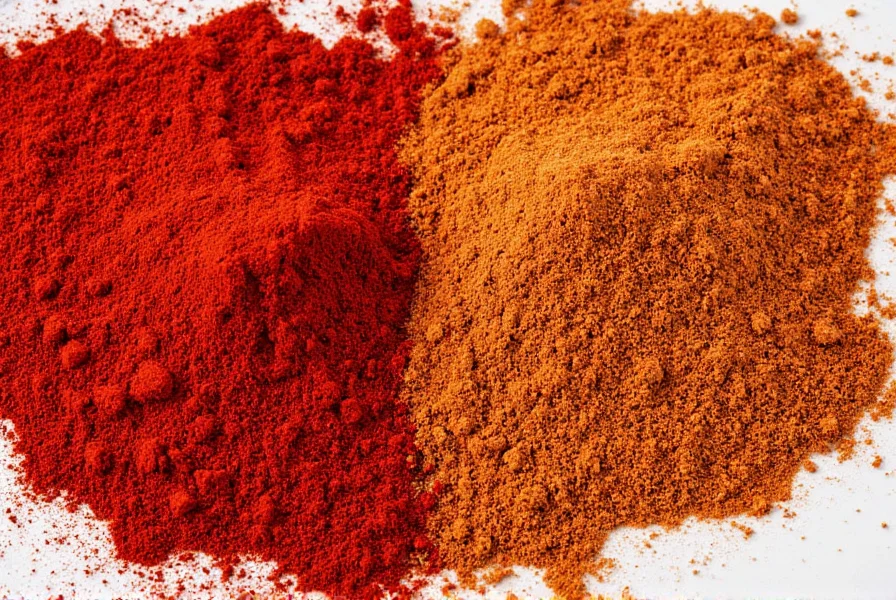When exploring spice cabinets, many home cooks wonder: is paprika and smoked paprika the same? The straightforward answer is no—they serve different culinary purposes despite sharing a common base ingredient. Both originate from dried and ground peppers, but their production methods create distinct flavor profiles that significantly impact cooking results.
What Exactly Is Paprika?
Traditional paprika, often called "sweet paprika" in stores, comes from grinding sweet red peppers (Capsicum annuum). Originating in Central Mexico and popularized in Hungary, this vibrant red spice provides color and mild pepper flavor without significant heat. The best quality paprika maintains a fresh, slightly sweet aroma with subtle earthy notes.
When examining paprika vs smoked paprika flavor characteristics, regular paprika offers:
- Bright red color that enhances dish appearance
- Mild sweetness with minimal heat (unless labeled hot paprika)
- Clean pepper flavor that complements rather than dominates
- Versatility across multiple cuisines from Hungarian goulash to Spanish omelets
The Smoking Process: What Makes Smoked Paprika Unique
Smoked paprika (pimentón in Spanish) undergoes an additional critical step: the peppers are smoked over oak or other hardwood fires before drying and grinding. This traditional Spanish technique, particularly associated with La Vera region, creates its signature flavor. The smoking duration—sometimes lasting weeks—determines the intensity of smokiness.
Three main varieties exist:
- Dulce (sweet): Mild smoke with underlying sweetness
- Agridulce (bittersweet): Medium heat with pronounced smoke
- Picante (spicy): Significant heat combined with smoke
| Characteristic | Regular Paprika | Smoked Paprika |
|---|---|---|
| Production Method | Ground dried sweet peppers | Peppers smoked before drying and grinding |
| Flavor Profile | Sweet, mild pepper flavor | Distinct smoky taste with varying heat levels |
| Primary Culinary Use | Color enhancement, mild flavor | Adding smoky dimension to dishes |
| Substitution Possibility | Limited for smoked paprika | Can replace regular with flavor adjustment |
Practical Substitution Guidance
Understanding can I substitute smoked paprika for regular paprika is essential for recipe adaptation. While possible in some contexts, substitutions require careful consideration:
When replacing regular paprika with smoked:
- Use ¾ teaspoon smoked paprika for every 1 teaspoon regular
- Add a pinch of sugar to balance intense smoke
- Avoid in delicate dishes like potato salad where smoke would dominate
When replacing smoked paprika with regular:
- Add ¼ teaspoon liquid smoke per teaspoon of paprika
- Consider smoked salt as complementary flavor enhancer
- Recognize you won't achieve authentic smoky depth

Common Misconceptions Clarified
Several myths persist about these spices. First, what is smoked paprika made of differs only in processing—not pepper variety. Both typically use the same base peppers, with smoking creating the distinction. Second, not all smoked paprika is hot; sweetness levels vary independently from smoke intensity.
Chefs often mistakenly believe Spanish paprika equals smoked paprika. In reality, Spain produces both regular and smoked varieties, while Hungary specializes in non-smoked versions. Always check labels for "smoked," "pimentón de la vera," or "hot smoked" to confirm.
Optimal Usage Recommendations
Maximize flavor impact by understanding each spice's strengths. Regular paprika shines in dishes where pure pepper flavor matters:
- As finishing touch on deviled eggs
- In Hungarian chicken paprikash
- For color in tomato-based sauces
Smoked paprika excels where smoky notes enhance the dish:
- In Spanish chorizo and other cured meats
- As rub for grilled vegetables
- Adding depth to bean stews and lentil dishes
- Surprising touch in chocolate desserts for complexity

Storage and Freshness Tips
Both spices lose potency over time, but smoked paprika's complex flavor degrades faster. Store in airtight containers away from light and heat. Properly stored, regular paprika maintains quality for 2-3 years, while smoked version is best used within 12-18 months. Test freshness by rubbing a small amount between fingers—if aroma is weak, it's time for replacement.
Conclusion: Making the Right Choice
Recognizing paprika varieties explained prevents recipe disappointment. While both spices share visual similarity, their flavor differences significantly impact final dishes. When a recipe specifies one variety, honoring that choice typically yields best results. However, understanding substitution techniques provides flexibility when ingredients are unavailable. Keep both in your spice rotation to access their unique culinary contributions.











 浙公网安备
33010002000092号
浙公网安备
33010002000092号 浙B2-20120091-4
浙B2-20120091-4